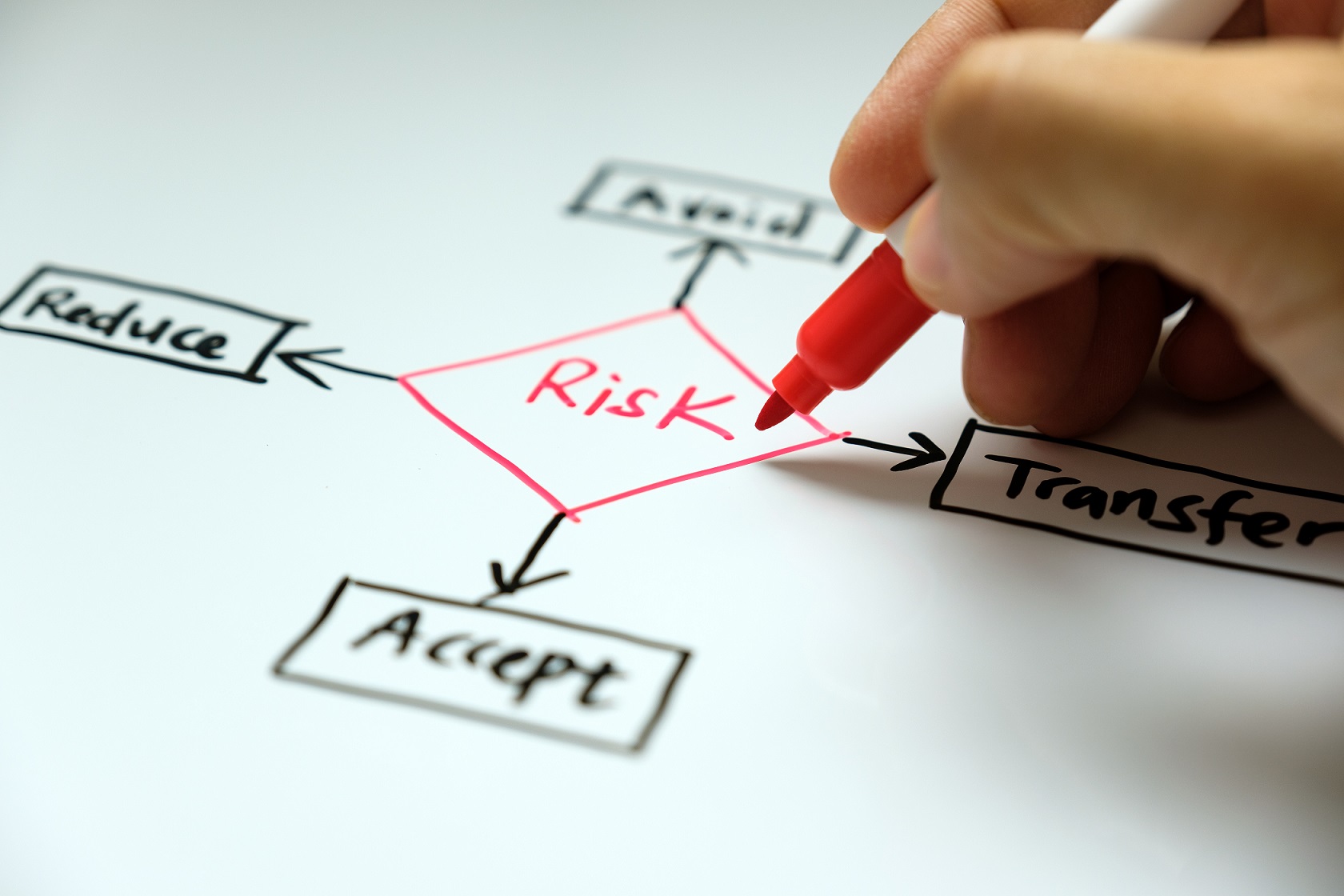Event attendees want to know that their safety, security and well being are prioritised by expo organisers and owners. During the event planning stages, organisers should evaluate their event and note the possible risks of all those attending, the larger the event the more risks it will have. Here are some steps to decrease risk and improve event safety.
Carry out a Risk Assessment
The most important aspect of reducing your event’s risk is carrying out a risk assessment. This will help to distinguish the areas of your event to be addressed in order for it to be safe for attendees. Identifying the key hazards of the event and assessing the probability of risks happening allows to precisely plan on how to avoid the risks and take the correct actions to limit them. It is also important to consider a risk assessment not only for attendees but also with your event staff in mind and informing them of high probability risks such as crowd management and fire hazards.
Event Management Plan
With in the planning phase, you should ensure you cover an event management plan which includes health and safety planning. Depending on the size of your expo event, there are various options available to you to ensure should anything happen on the day you have trained professionals ready to act. For smaller events, you should consider either at least 1 trained first aider present for the duration or for larger events you can commission organisations be in attendance, such as St. John’s Ambulance. Included in your event management plan should be all the contact details for staff, providers, and suppliers.
Insurance
Risk at expo events is never going to be zero, but there are insurance options out there to help to mitigate this. Public Liability for yourself and all your exhibitors can help ensure that should an accident take place you have the correct legal and financial cover in place. Depending on the risk associated with your expo, you should also consider getting employee insurance for staff to cover all bases.
Assess Accessibility of Event
After securing and finalising your expo venue, you need to consider where the entry point for exhibitors and visitors would be. When setting up the event, ask yourself questions like; Can exhibitors safely carry large and heavy expo equipment into the venue?, Is my event fully accessible for all attendees, Do I have the right measures for safe arrivals such as ramps, lifts or accessible entry points? This will help you to visualise the types of challenges attendees may face on the day.
Location of Expo Stands and Seats
This may be an overlooked aspect in the initial event planning, but location of stands can help to lessen the risk. Once you have identified the points of entry, you should then plan your standing accordingly, ensuring they do not cover any main walkways or fire exits and that there aren’t too many stands in one area. Also look to consider seats for speaker sessions, ensuring they do not block any fire exists and won't disturb flow of the crowd management route around the expo.
Final Thoughts
There is always going to be small amounts of risk when organising expo events but following certain measures can help reduce the risk and keep visitors, exhibitors, and your event staff safe. You should check your defined approaches for controlling risks regularly as well as testing them to validate they are working and being maintained.
For more tips on how to ensure your event is a success, visit ExpoBeacon Insights and news.




